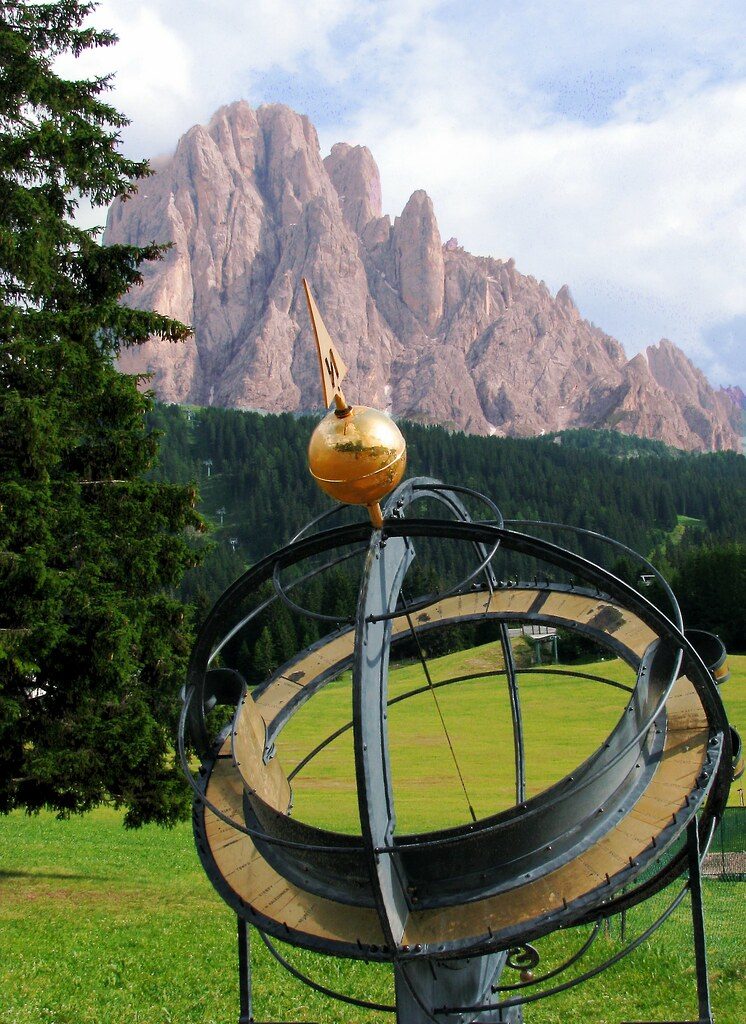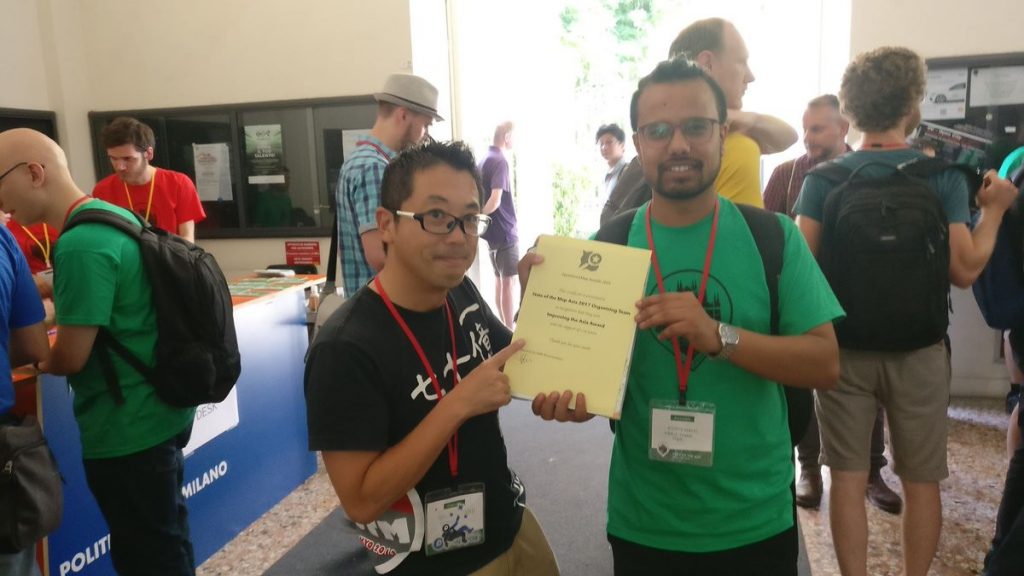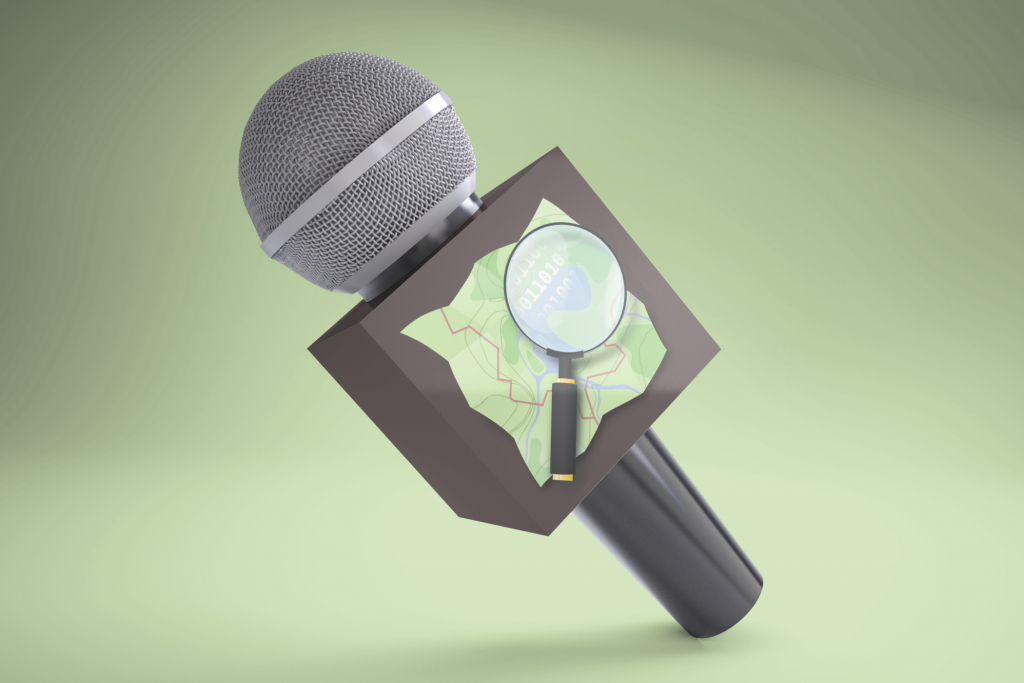Post by Gregory Marler on LivingWithDragons. Re-posted with permission.
The OpenStreetMap event of the year is “State of the Map” (SotM), an international conference run by the OpenStreetMap Foundation and I love being part of the organising committee that brings so many people to one place. We’re volunteers and it takes a lot of work and a lot of local knowledge throughout the year to organise a 400+ conference, so we ask for communities to bid to host it in their city/area. There’s support in overseeing what needs to be done, budgeting, and links with previous sponsors, but it relies on a full local team to join in the help. This led me to ask, why should your community host State of the Map?
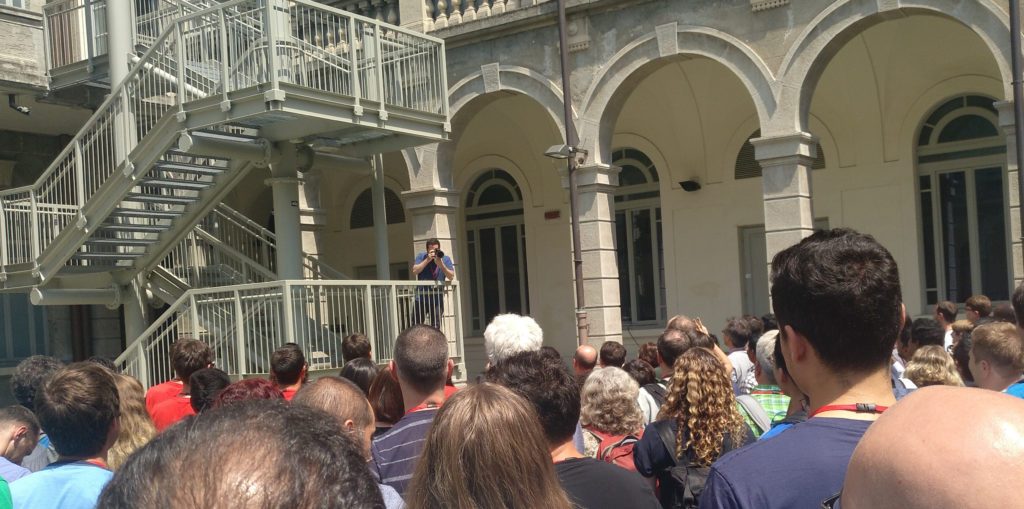
It will use the skills of your community. The organisation work requires researching suppliers of booklet printing, catering, etc. It needs people to communicate with the venue and with our sponsors, even speakers and scholarship applications. There’s usually help needed with graphics and there’s space for people to suggest new ideas for the conference. During the event we need welcoming people, and people to keep the schedule running on time. There’s so many different things to do and they vary in how visible from them. I firmly believe the best way to appreciate individuals is to know they’ve dealt with an essential task or to encourage them to take on a task you think they’ll be good at.
Along with the conference, of course comes lots of knowledgeable people. In the talks and in the coffee break discussions you get to hear updates about OpenStreetMap, learn new things or get more detail from the experts and different communities. This is both for your local SotM team, as it’s encouraged to listen to the talks if you’re helping out, and it’s for your wider community of OSMers and newbies in the city/country/region. This can be a great chance for locals to attend SotM when they might not usually due to travel distance and barriers such as costs or visas.
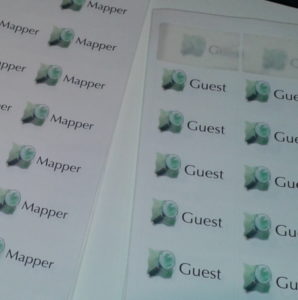
Don’t think about one weekend, as often the conference is a catalyst to have more local events. In the build up to SotM you’ll want to meet more often and you’ll get to know people who live near by. Hosting SotM has also led to more events following it as people want to continue the in-person sharing of knowledge and community. You might host extra events in collaboration with other organisations, in the past countries have even ended up having scenarios like “The month of maps”. I would encourage you to have had some community meetups before bidding for SotM, it gives you practice setting dates, communication, and venues.
Remember that OpenStreetMap is not about a conference. However, the conference helps us build new understanding. This can lead to new contributors joining OpenStreetMap (maybe getting more involved) and new uses of OpenStreetMap by being inspired and encouraged what others can do. You might want to invite local government or companies that are on the fence with deciding to use or release open data.
My last reason is that, it’s fun. We’re all a nice bunch of people really. There’s usually an organised social evening at SotM (we’ve had private tram tours, picnics in the park, a performance by Japanese drummers, all sorts). On the other nights the visiting mappers will look to your community team for advice on where to eat/drink and what are really the best nearby tourist sights. If you love your town, then you should love sharing the best bits and the secrets with the new friends you make.
What to do now? First of all, read the Call for Venues page, because that contains a lot better detail on what is needed to be ready and what is needed in your bid. I would suggest getting together a community that is interested in hosting, even if they have different levels of interest and different amounts of availability. Find a date to give about 2 weeks notice, find a place to meet like a coffee shop or a friendly office, and use various social media to invite local mappers to come and chat about State of the Map in your town. You might start writing the bid there (copy the example bid format), you might assign people to go away and research the different sections required.
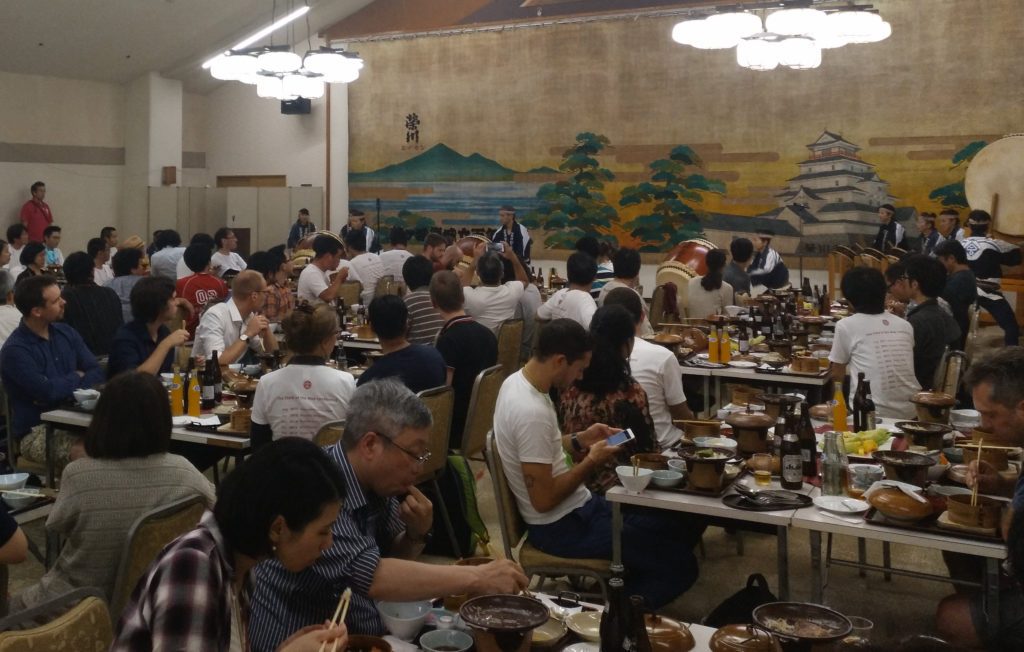
You are very welcome to contact the SotM team early on, this might be once you’ve suggested it to your community it might be before that initial meeting I suggested. We want to help you out, and to help you with your bid. This could be linking you up with others nearby that have got in touch with us, or answering questions you have.
After the bids come in we get the challenge of choosing which bid will host SotM next year. It’s a difficult decision, and we’ve come to learn what will make the conference run smoothly. Don’t be disheartened if your bid is not selected. All that research and team building can be usefully adapted to running a smaller conference for your country or region (there’s a whole list of them). These won’t be an OSMF-run conference but the global team is still keen to assist in small ways. Often local/regional conferences contact us with their proposed dates before they announce, and find it helpful to know if they might clash with others (potentially causing less people to attend). Running a country-level conference can also show how well you can run an event, it could set you up well to bid for SotM in future years. I’d love to see some of the previous ones run on an international level, and it’s great to see more of these pop up.
The Call for Venues deadline is 30th August 2019.
Follow State of the Map @sotm!
The State of the Map conference is the annual, international conference of OpenStreetMap, organised by the OpenStreetMap Foundation. The OpenStreetMap Foundation is a not-for-profit organisation, formed in the UK to support the OpenStreetMap Project. It is dedicated to encouraging the growth, development and distribution of free geospatial data for anyone to use and share. The OpenStreetMap Foundation owns and maintains the infrastructure of the OpenStreetMap project. The State of the Map Organising Committee is one of our volunteer Working Groups.

